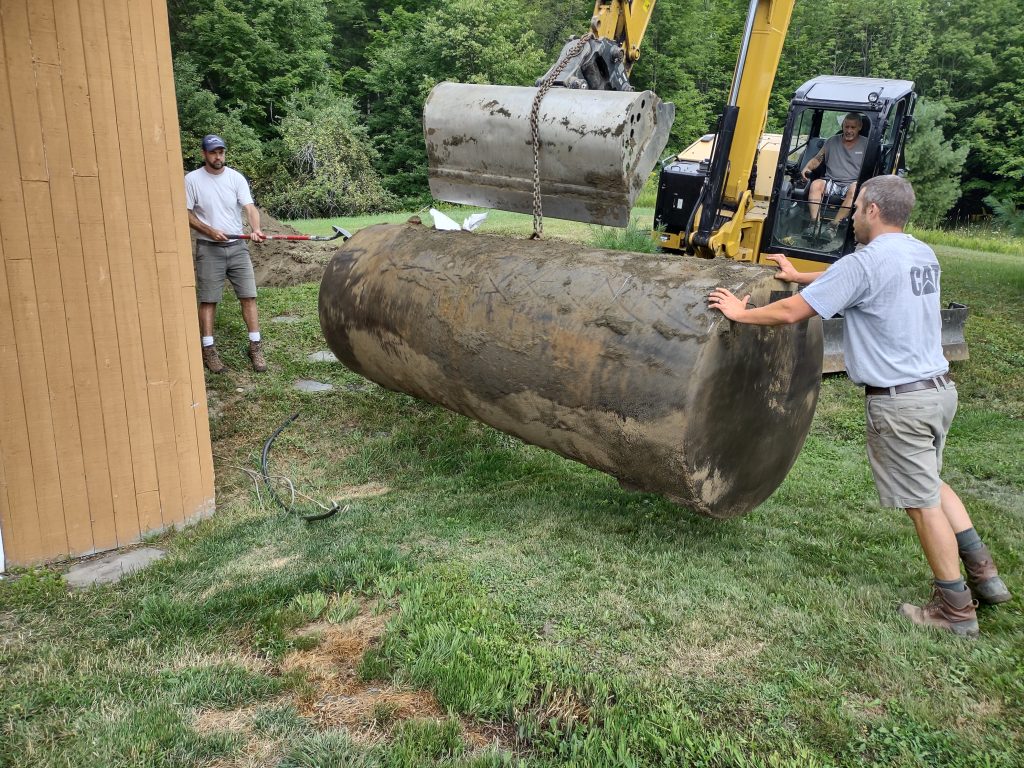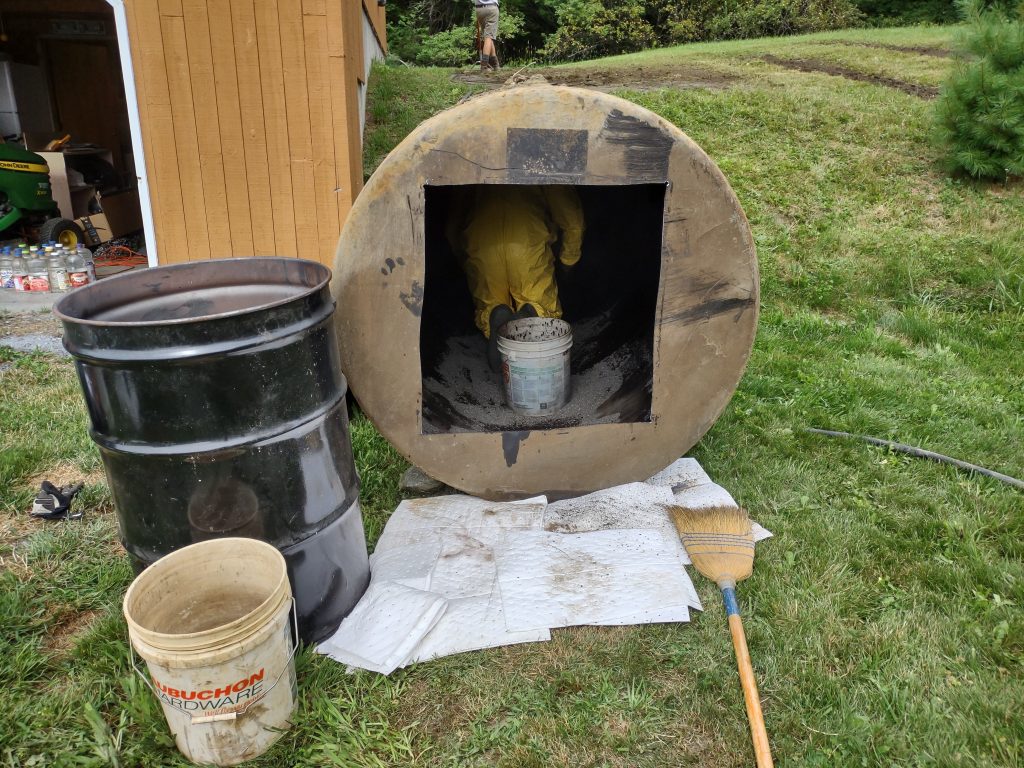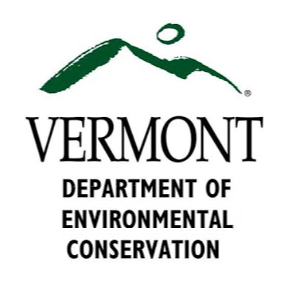The regulation of Underground Storage Tank (UST) was created in 1985 to regulate the installation and operation of underground petroleum/chemical storage tanks (does not include propane tanks) The goal of the Program is to protect human health and the environment by preventing releases of liquid petroleum and hazardous substances from storage tank systems. The release of these regulated products into the environment threatens groundwater resources and can cause explosive vapors to seep into confined spaces and occupied dwellings.
What is an Underground Storage Tank?

A UST is a large vessel, usually made of steel of fiberglass, that serves to hold large volumes of liquid. These tanks typically hold petroleum products, such as gasoline or heating fuel oil. A UST has piping, vents, and fill ports visible above the ground while the tank itself is located several feet below the ground.
Reasons For Removal
There are many reasons to remove USTs from your property. Some of the most common are:
- Out of Use Tanks
- Leaking Tanks
- Replacing Tanks
Maybe a property owner no longer uses their UST; or maybe a newer UST is in use and the old one remains underground. Maybe their business no longer requires this type of tank. Whatever the reason, unusable tanks pose a threat to the environment and best practice, and state laws, recommend removal. Unless a tank is in good condition and actively in use for storage, it’s usually best practice to remove the tank from your property. This is because the longer a UST is underground, the more likely soil contamination occurs. And typically, this means a costlier remediation process.
The UST Removal Process
The UST removal process begins before any on site activities occur. The first steps in the tank removal process are completed to achieve environmental compliance and to satisfy health and safety standards. These steps aim to identify the chemical contents of the UST and to eliminate the possibilities of leaks, spills, contamination, and public danger during and after the removal process. Once this preliminary process is complete, the onsite activities can begin.
Emptying the Tank
After the chemical contents of the tank have been identified, the tank can be evaluated and prepared to be emptied if necessary. The contents of the tank are evacuated into DEC approved containers to be transported offsite. Typically, the contents of a UST whether liquid or vapor, are flammable and toxic. Before removal, cutting open or transporting, the tank must be prepared to be non-flammable or inert. This process varies, but all methods require skill and training.

Excavating the Tank

Once the tank is emptied of its contents and inert, the digging and heavy lifting begins. Using standard construction equipment, such as backhoes and excavators, the soil around and under the tank is removed. Then the tank can be hoisted out of the excavation pit for cleaning before it is removed and recycled.
Soil Management
Once the tank is removed from the excavation pit, the soils in and around the UST site must be screened or tested for petroleum contamination. All soil screening and testing must be done in to comply with all DEC soil assessment and management guidelines. If the soils are determined to be free of petroleum products or other hazardous materials, then the excavated soils can be used to fill the excavation pit. If contaminated soil is revealed, the appropriate regulatory bodies must be notified, the contaminated soil must be removed under hazardous material guidelines, new clean soil will be brought in to fill the pit and further testing and coordinating with the DEC will be necessary to determine the best course of remediation.

UST Closure and Release Assessment Report
Not all types of tanks require a UST Closure and Release Assessment Report, although it is highly recommended to complete a report for all tank removals. This report provides important information to regulatory agencies regarding the UST removal and must be completed according to UST Program guidelines. UST Closure and Release Assessments Reports must contain: a completed and signed UST closure form, site sketch map, applicable laboratory data tabulated and compared to VT Soil Standards, and a written narrative describing environmental conditions observed during the tank removal.
State of Vermont Petroleum Clean Up Fund
If soil or groundwater contamination is discovered during a UST removal process, property eligible property owners can access the State of Vermont’s Petroleum Cleanup Fund (PCF). The PCF was created to reimburse property owners for certain uninsured costs for the cleanup and restoration of contaminated soil and groundwater caused by the releases of petroleum from aboveground storage tanks and underground storage tanks, and for the compensation of third party claims for injury and damage caused by such a release.

